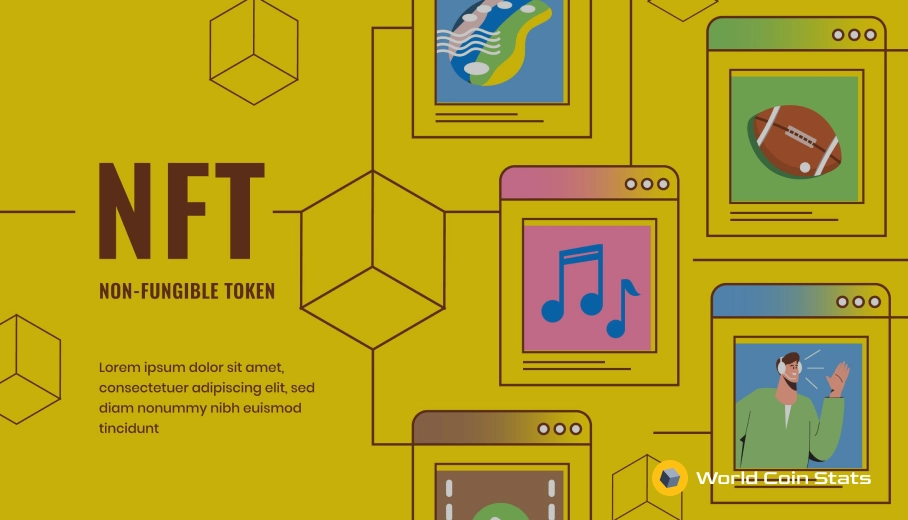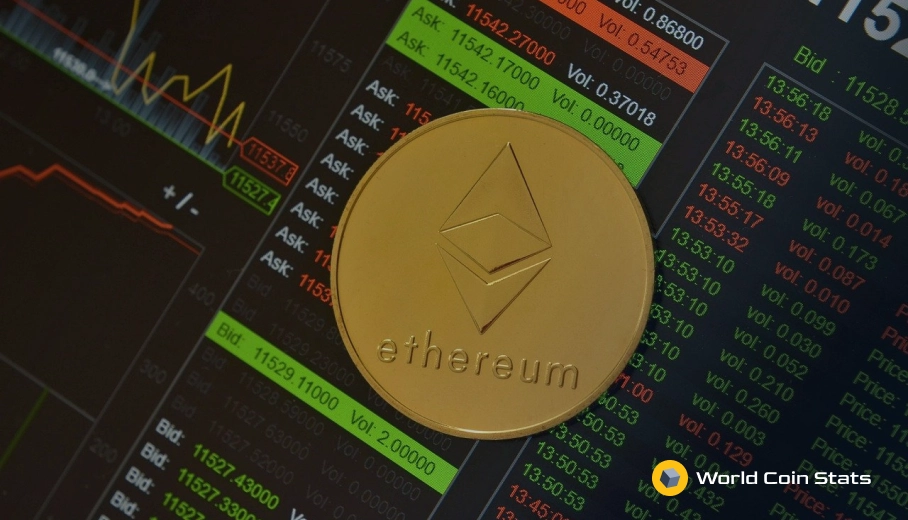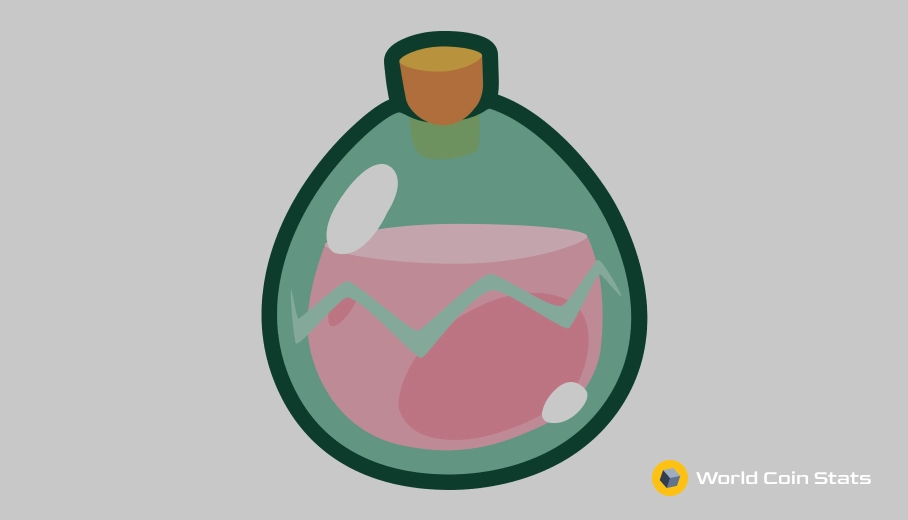How Does NFTs Work?
Anyone that has been reading tech or financial news over the past few months has likely noticed a surge in discussion about something called NFTs. Perhaps you have seen some discussion about the sale of these NFTs for millions of dollars, which is always a good way to grab headlines.
Anyway, this topic is closely related to blockchain, cryptocurrency, and even Bitcoin. A general grouping of topics that has a tendency to make heads spin with confusion.
Don’t worry, NFTs are not nearly as difficult to understand as their somewhat confusing name makes them sound.
With that in mind, this article will offer an easy to understand explanation of how NFTs work, why they are so valuable, and why NFTs have the potential to completely disrupt entire industries like the internet destroying snail mail.
How NFTs Work
The basics of how an NFT works are simple and easy enough for even a beginner to understand. Here is a step by step down breakdown of how an NFT operates:
- Artist creates digital artwork.
- Artist creates a blockchain token that corresponds to ownership of the artwork.
- Ownership in this case usually does not include royalties if applicable.
- The token is usually a special ERC-721 token.
- This token can be traded on the Ethereum blockchain and stored in a wallet just like a regular ERC token.
The above explanation is pretty basic, but it does offer a good beginner explanation for NFTs used for digital artwork.
An interesting aspect of NFTs is that the token can have a lot of features attached to it. For instance, the artist can collect a certain amount of subsequent sales or a transfer limit can be applied to the token.
Now, there are more NFTs than just digital artwork NFTs. For instance, a music NFT would like something like the following:
- Musician records a song.
- Musician attaches the rights of the song, usually minus royalties, or a certificate stating that it’s the original recording to an NFT.
- Musician sells the NFT on the open market.
- The musician also will often take a percentage of future sales of the NFT.
The above music example is a good example of how NFTs can be used for more than strictly digital artwork. We will cover that in more detail later in the article.
NFT Terms Explained
The NFT industry has a lot of terminology in it that gets thrown around. This terminology is not all that difficult to understand, but it still needs an explanation. This section will cover some of the common terminology you likely encounter when researching NFTs.
NFT
First things first, NFT stands for ‘non-fungible token.’
Fungibility refers to whether or not an asset can be exchanged for an asset of the same type. Cash, for instance, is a fungible asset because a $50 bill can be exchanged 1:1 for every other $50 bill. Bitcoin, Ether, Litecoin, and all other cryptocurrencies are fungible assets.
A non-fungible asset would be an asset that cannot be exchanged for an asset of the same type. Real estate, baseball cards, original art, and collectibles are all (mostly) non-fungible. An original Honus Wagner baseball card cannot be exchanged for any other baseball card. The same applies to the Mona Lisa. You cannot simply exchange the Mona Lisa for another piece of artwork.
Basically, non-fungible assets are unique, one-of-a-kind assets. There is no suitable replacement for a non-fungible asset.
NFTs take the non-fungibility of regular assets and apply it to the digital space using something called the blockchain. Basically, NFTs are digital non-fungible assets represented by a token on the blockchain.
Blockchain
We could write an entire book on the blockchain. But an explanation like that goes far beyond the scope of this article. It also is not necessary for an understanding of NFTs.
The blockchain is essentially a shared, immutable data ledger that can record assets and transactions. Immutable is the key component of a blockchain because it means that no one can edit the information on the blockchain.
This makes showing ownership of NFTs easy.
Now, the data is added to the blockchain in something called blocks (hence the name). These blocks are “mined” by individuals. Basically, the individuals “mine” the blocks by validating the information with other miners.
Anyway, the main blockchain for NFTs is Ethereum. This is a standard blockchain in operation, but it has something called smart contracts. Smart contracts are bits of code that automatically execute when certain conditions are met.
This has made Ethereum a very versatile blockchain compared to Bitcoin. Ethereum can be used for more than just transactions. And that is why NFTs have found their home on the Ethereum blockchain.
ERC-721
ERC-721 is the token standard for non-fungible tokens on Ethereum. All the NFTs you purchase on Ethereum will be ERC-721 tokens.
They function the same as other tokens in regards to transfers and storage. In other words, you can store them on your Ethereum wallet.
Digital Asset
A digital asset is an asset that exists in the digital space. Specifically, a digital asset must have a right to use attached to it. If it does not have a right to use, then it is not a digital asset. For instance, Bitcoin is a digital currency rather than a digital asset.
Examples of digital assets include artwork, photos, and audio.
This is important because all digital assets can be turned into NFTs. The NFT will represent a digital ownership of the asset.
Beeple
You have likely heard of Beeple if you have heard of NFTs. That is the professional name of Michael Winkelmann.
Beeple is the most famous NFT artist at the present time. He made the news recently for selling a collection of his NFT art worth $69,400,000 at Christie’s auction house.
CryptoPunks
CryptoPunks was possibly the first NFT released on Ethereum. It was released in October 2017.
It is a project that consists of 10,000 different digital characters with their own NFT attached to them. Each character is unique and was digitally generated by a company called Larva Labs.
The punks were released for free. Any Ethereum wallet could claim a punk at no cost.
In our opinion, CryptoPunks are one NFT that will likely increase in value over time.
The most recent CryptoPunk, punk 2873, sold for 123 ETH on August 7th, 2021.
CryptoKitties
CryptoKitties is a blockchain game that allows players to breed, buy, sell, and collect digital cats on the Ethereum blockchain. The game was developed by Dapper Labs way back in 2017.
The popularity of CryptoKitties led to the slowdown of the Ethereum blockchain in December 2017. That was the first sign that Ethereum would have a major scaling problem.
CryptoKitties has sort of fallen off in popularity over the past few years. It has mostly been outshined by DeFi, CryptoPunks, Top Shots, and other NFTs. But it’s still an important part of the history of NFTs on Ethereum.
NBA Top Shots
NBA Top Shots is an NFT marketplace created by Dapper Labs with licensing from the NBA. Top Shots creates and sells NFTs of top NBA moments.
The most valuable Top Shot at the moment is Lebron James doing a Kobe Bryant style dunk. That Top Shot is worth over $350,000 and sold for that in April 2021.
Other popular Top Shot NFTs include a Ja Morant, a Lebron James dunk, another Lebron James dunk, and a Vince Carter three point shot.
NBA Top Shots is one of the more promising NFT marketplaces out there because they sell something that will likely always be in demand. Art tastes can change over time and videogames can become less popular. But people will always see the value in a Lebron James dunk NFT.
What Makes NFTs Valuable?
Art and music NFTs are valuable because they are essentially the #1 edition of digital art or music. It would be the equivalent of purchasing an original work of art.
And that is basically where all the value is in the more artistic NFTs.
NFTs that are used in video games do have some practical utility because they often come in the form of unique skins or other items that have some use in the game.
That said, NFTs get most of their value from being unique and one-of-a-kind.
NFT Use Cases
The uses for NFTs go far beyond just being just a collector item. Don’t get us wrong, the collector item aspect of NFTs still has merit to it. The high price that some of these NFTs go for should explain that.
However, NFTs have far more use than just as a collector’s item. This section will explain some potential uses for NFTs.
Real Estate
The biggest potential use for NFTs, in our opinion, is in the real estate industry. Just imagine a world where conducting a real estate transaction requires nothing more than sending money to an escrow smart contract in exchange for an NFT representing ownership of a property.
There are obviously some kinks in this system revolving around security and recoverability of the wallet address. But this is one industry that will likely experience a major shakeup from the proliferation of NFTs.
Digital Proof of Ownership
Proof of ownership is the other area that NFTs can completely dominate. This applies to just about everything physical.
You can prove ownership of a car, laptop, bicycle, and just about anything with a serial number by creating an NFT that has the serial number of the item on it. You can even include a picture of the item for good measure.
In a way, NFTs on a blockchain can form a sort of digital ledger that contains a record of all ownership information.
This will obviously have some uses in the future.
Music
Music is another industry that will likely see a massive shakeup due to NFTs. In fact, there are less government regulations with music compared to real estate, so a shakeup in the music industry could occur far before a shakeup in the real estate industry.
Anyway, the basics would be that musicians would sell NFTs associated with an original recording of a song. The NFT could even have other benefits attached to it like backstage passes, a meet the artist provision, and private songs on the NFT.
The possibilities are endless when it comes to what NFTs can do to the industry. And the shakeup will likely be more intense than what the internet did to the music industry.
This is one disruption that we expect to start out small with a handful of artists (already happening) before eventually turning into an avalanche. It would likely occur when Ethereum 2.0 is released and gas fees on the blockchain become more manageable.
Virtual Reality
Hyper realistic VR will be a thing at some point in the future. This is when artistic VR can really become a thing with some real use.
For instance, imagine having a sort of NFT room that contains NBA Top Shots, a CryptoPunk, and some art by Beeple.
It’s still virtual, but hyper realistic VR will give artistic NFTs a more “real” feel to them. The value of them should go up accordingly.
Positives and Negatives of NFTs
NFTs have a lot of positives to them, but they also have a few negatives. This section will cover the positives and the negatives.
Positives of NFTs
- NFTs can have smart contracts attached to them. This is important because it allows the creator of the NFT to receive a percentage of future NFT sales.
- NFTs are immutable. Immutability is important when it comes to NFTs because it prevents ownership from being edited.
- NFTs provide digital artists with ownership rights. Digital artists have long faced piracy because of the digital nature of their work. NFTs change that by allowing them to prove originality. Proving originality allows them to sell the NFTs for a worthwhile amount of money.
Negatives of NFTs
- The digital asset can easily be copied by pirates. Digital assets are extremely easy to steal (save to harddrive). Fortunately, NFTs do show originality, but that does not change the fact that everyone can have exactly the same digital asset without the underlying NFT.
- NFT exchanges have been hacked. First, we would like to point out that NFTs stored in Ethereum wallets have never been hacked. But NFTs stored on a centralized exchange have been stolen due to a security breach. Again, not your keys; not your crypto.
Final Thoughts
That sums it up for how NFTs work along with some use cases for NFTs. The concept of NFTs is not particularly difficult to understand.
An understanding of NFTs will prove extremely useful as this emerging technology becomes increasingly popular. It’s also worth mentioning that an investment in certain popular NFTs may prove extremely popular in the future.




